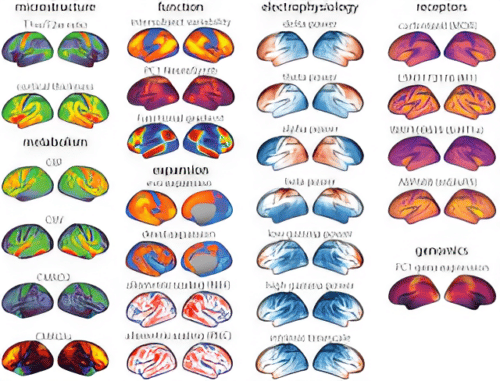A team from the Neuro (Montreal Neurological Institute-Hospital) of McGill University has developed a database called neuromaps that could successfully assemble multiple brain maps in one place.

The most complex organ of the human body is the brain, as it is very difficult to image everything that is carried out in the brain with one imaging mode. Due to this, multiple “brain maps” have emerged in which each brain map focuses on different functions of the brain. Hence, to receive multiple brain maps using one imaging mode, a team of researchers has collected more than forty existing brain maps in one place. That one place acts as a database that is also called neuromaps. This will assist scientists to find correlations between patterns across different brain regions, spatial scales, modalities, and brain functions.
It gives a standardized space to view each map in comparison to each other, and analyze the statistical significance of these comparisons, to assist researchers to distinguish a meaningful correlation from a random pattern. The neuromaps database also helps standardize the code across maps, to enhance the reproducibility of results.
“Ultimately, we hope that neuromaps will add a spark to the analysis of human brain maps and increase the accessibility of data and software tools to people with diverse research interests,” says Justine Hansen, the paper’s co-first author. “As the rate at which new brain maps are generated in the field continues to grow, we hope that neuromaps will provide researchers with a set of standardized workflows for better understanding what these data can tell us about the human brain.”
Click here for the Published Research Paper







